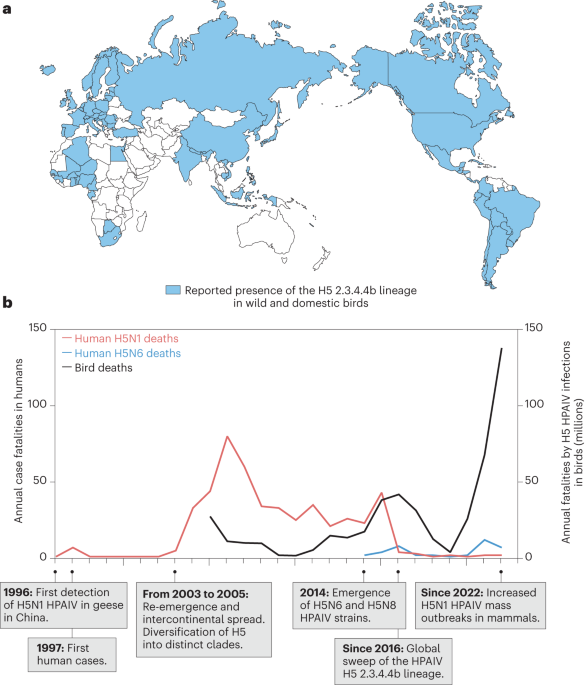
- Select a language for the TTS:
- UK English Female
- UK English Male
- US English Female
- US English Male
- Australian Female
- Australian Male
- Language selected: (auto detect) - EN
Play all audios:
Police wearing riot gear stand at a post as they wait for a crowd to disperse Monday, Aug. 11, 2014, in Ferguson, Mo. The FBI opened an investigation Monday into the death of 18-year-old
Michael Brown, who police said was shot multiple times Saturday after being confronted by an officer in Ferguson. Authorities in Ferguson used tear gas and rubber bullets to try to disperse
a large crowd Monday night that had gathered at the site of a burned-out convenience store damaged a night earlier, when many businesses in the area were looted. (AP Photo/Jeff Rober) RTDNA
Radio Television Digital News Association’s Executive Director Mike Cavender wrote a letter to Ferguson, Missouri’s chief of police on Wednesday urging “Ferguson police to work with
journalists.” Here’s part of that letter: > While our members and the journalism community as a whole understand > your department’s primary responsibility is to ensure the safety >
of the residents of Ferguson during this time, we strongly object to > the conduct of some of your officers, along with that of other law > enforcement officials as it impacts
journalists. This includes > placing undue limits on media access to the affected portions of the > community, along with the continuing reports of harassment and undue > treatment
of reporters, photographers and others involved on-scene, > who are providing vital news coverage of the events as they unfold. > > These volatile situations require cooperation of
all parties engaged > in the lawful performance of their respective duties. It is simply > unacceptable if any journalists were specifically targeted by > anti-riot measures, such
as tear gas, rubber bullets or similar > tactics. Any such actions would be in direct conflict with > reasonable respect for the rights of all involved. On Tuesday, the St. Louis
Post-Dispatch’s David Carson tweeted this: > My friend & fellow photog Whitney Curtis, @nytimes freelancer, says > she was hit by rubber bullet last night #Ferguson >
pic.twitter.com/dNTLsw2SqL > > — David Carson (@PDPJ) August 12, 2014 The New York Times’ Julie Bosman tweeted this Monday: > Police shooting rubber bullets at crowd, including
reporters and > photographers. #Ferguson > > — Julie Bosman (@juliebosman) August 12, 2014 The Riverfront Times’ Ray Downs tweeted this: > Police shooting tear gas directly at
journalists now. Flashing > lights so cameras can't record. #Ferguson #MikeBrown > > — Ray Downs (@RayDowns) August 12, 2014 That night, KSDK’s Casey Nolan tweeted this: >
Police telling News Crews to leave saying we are putting their > officers in jeopardy. We are backing up now. > pic.twitter.com/fMkXrH4j8W > > — Casey Nolen KSDK (@CaseyNolen)
August 12, 2014 > Being ordered to leave scene threatened with arrest #Ferguson > > — David Carson (@PDPJ) August 12, 2014 And St. Louis Public Radio’s Alex Heuer later tweeted
this, clarifying things a little: > On @ksdknews, St. Louis County police officer Brian Schellman says > media is not being told to leave, only move back. #Ferguson > > — Alex
Heuer (@alexheuer) August 12, 2014 On Tuesday, I spoke with Mickey Osterreicher, general counsel for the National Photographers Press Association, about how police should treat the media in
these situations. “The last time I looked, that area of the country still is in the United States and the United States Constitution applies there,” he said. “A part of the First Amendment
protects the media in covering the news. That’s the whole point of a free press.” It’s not absolute, he said, and subject to some reasonable restrictions. “If the media is in a place that
police deemed dangerous or interfering with operations, they could order them to move back or to a different location,” Osterreicher said. But they can’t order the media to leave completely.
“That restricts far more speech and free press than is necessary to achieve a government purpose.” The press doesn’t have the right to greater access than the public, he said, “but they
certainly have no less right.” For journalists in these situations, it’s a personal decision to stay and possibly be arrested. NPPA often works with the media in training them to know their
rights, but that doesn’t matter, he said, “if the police don’t know or care what your rights are.” Even if journalists are arrested, as they were when covering Occupy Wall Street in 2011,
and those charges later get dropped, it has a chilling effect on the media. “It’s just a matter of issuing these blatant blanket orders or working with media. Everyone there is looking for
information. You can’t get information if you’re not there to observe it.” Ideally, he said, newsrooms and police departments should have details worked out ahead of time. “But on the other
hand, I think the police have to realize that in a country such as ours, the media is going to be there.”





